What is ABA Therapy?
There are three major components in ABA programs, prevention strategies, intervention plans and skill building programs
The goal of Applied Behavior Analysis (ABA) is to increase behaviours that are helpful and decrease interfering behaviours. Behaviour is changed by knowing and altering what happens before or and after.
When we want a behaviour to change, we make sure that good things happen after the behaviour. This increases the chance the person will do this behaviour again in the same situation.
If we want a behaviour to stop, we change the outcomes of that behaviour. When this happens, they will be less likely to do that behaviour again when they are in that situation.
ABA is an effective intervention for various populations and age groups. The most researched populations utilizing ABA include: Autism Spectrum Disorder, Intellectual Disabilities, learning disabilities, and behaviour challenges.
-

Prevention
We work with families to create plans and model strategies to reduce the likelihood of interfering behaviour. By identifying and implementing modifications to the learner’s routine (eg. room set-up, session schedule) we create an environment that set our clients up for success.
Examples:
Environmental Set up
Effective Instruction
Visuals
Choice
-

Skill Building
Our assessments allow us to identify areas of strength and need for our learners. For long-lasting behaviour change we prioritize teaching appropriate alternative skills or behaviours. We work with families to identify goals and choose skills across cognitive domains for children to learn.
Examples:
Communication and Language
Self Help Skills (Toileting, Dressing, etc.)
Social and Play Skills
Learning Readiness
Safety Skills
Self-regulation and Self-monitoring skills
Feeding Interventions
Behaviour Reduction
-

Intervention
We work with families to create plans about what to do when an interfering behaviour is occurring. These are step-by-step plans based on direct observations, assessments, and data collection. Only after the plan is reviewed in detail with family will it be implemented. Staff will train the family and collect data to ensure behaviours are decreasing.
Examples:
Aggression
Self-injurious behaviour
Swearing
Mouthing
Property destruction
Elopement (running away)


